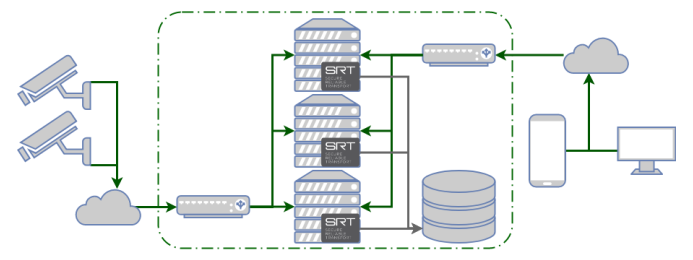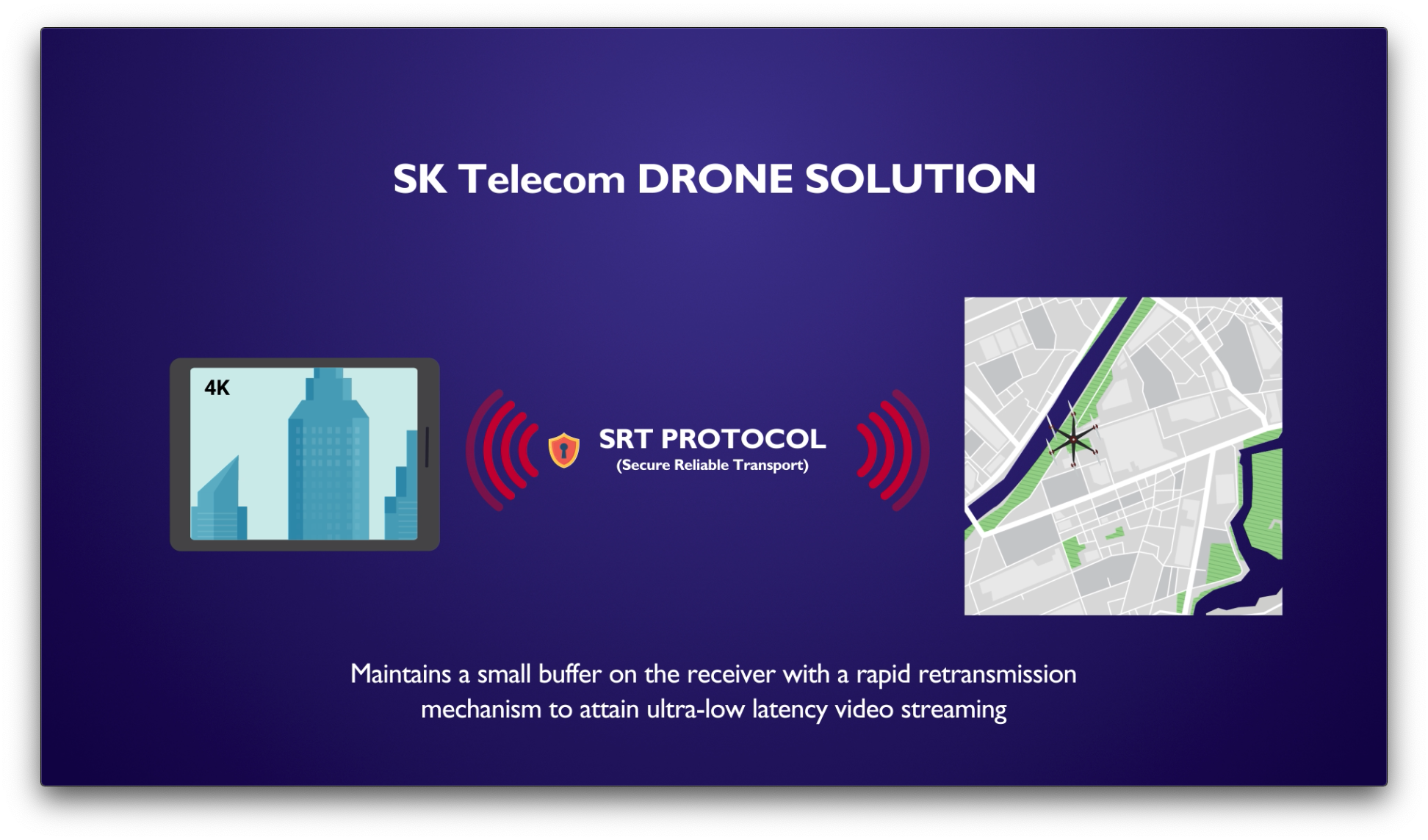How SK Telecom and Collabora are Using SRT to Optimize Security Video Streaming
One of the main drivers of the SRT Alliance is to facilitate cooperation between different organizations, fostering the development of better video streaming technologies for everyone. This spirit of collaboration is very apparent in the groundbreaking work done by our members and partners. In this post, we will explore how SK Telecom and Collabora are working together to push the boundaries of real-time video in the Hwangsaeul project.
Getting Started: SK Telecom and Collabora
SK Telecom is South Korea’s largest wireless telecommunications operator, with nearly 50% of the country’s market share. Aside from its role in wireless communications, SK Telecom also plays a substantial role in other areas of the telecommunications industry, leading innovation in broadcast and security.
Collabora is an open source software consultant specializing in open source software. A member of the SRT Alliance since its inception in 2017, Collabora works with its partners in the commercial sector, and helps them to integrate open source technologies and to enjoy their many benefits.
The Hwangsaeul Project
SK Telecom had an exciting project in development – the Hwangsaeul streaming system for security feeds. This service is a cloud relay service for security video feeds. It enables organizations to watch live security feeds, gathered from different locations, through a single portal. It also allows these live feeds to be recorded, should they need additional review later.
However, they were looking for additional resources to ensure that this streaming service was different from those that came before. SK Telecom reached out to Collabora, whose years of experience, and available resources were ideal for this kind of project.
 Choosing SRT
Choosing SRT
One of SK Telecom’s first challenges was finding a secure protocol that could replace RTMP. As Collabora had been a member of the SRT Alliance since 2017, the Secure Reliable Transport protocol was an obvious choice – especially considering Collabora’s expertise in GStreamer (an open source multimedia framework, which can power embedded devices such as always-on IP surveillance cameras) and how well GStreamer works with SRT.
Security was at the top of SK Telecom’s priority list for the Hwangsaeul project – it would be after all, a security service – and SRT delivered on its promise with its 128/256 bit AES encryption. That was good enough, but the SRT protocol’s performance, with its reliability and low latency, demonstrated that it would be the perfect solution for the needs of the Hwangsaeul project. The SRT streaming protocol is an important part of the project’s workflow. It is used in both the contribution (from the camera to the relay) and the distribution (relay to viewer) of the video feeds, keeping latency at a minimum at all times thereby allowing these feeds to be monitored live.
 Moving Forward
Moving Forward
The Hwangsaeul project is ever-evolving, with SK Telecom pioneering a new way for organizations to monitor and record their security feeds. With SRT powering a reliable service, SK Telecom has been working with a variety of organizations and manufacturers interested in incorporating this technology within their own solutions. Some of the ideas emerging from the project have included unmanned vehicles – SRT can provide the real-time video necessary from both aerial and ground unmanned vehicles.
There are many options available as the Hwangsaeul project moves forward, with Collabora and SK Telecom demonstrating how collaboration – and a low latency streaming protocol – can help to engineer the solutions of tomorrow.
To learn more about the Hwangsaeul project, please take a look at this article put together by SRT Alliance member Collabora.




